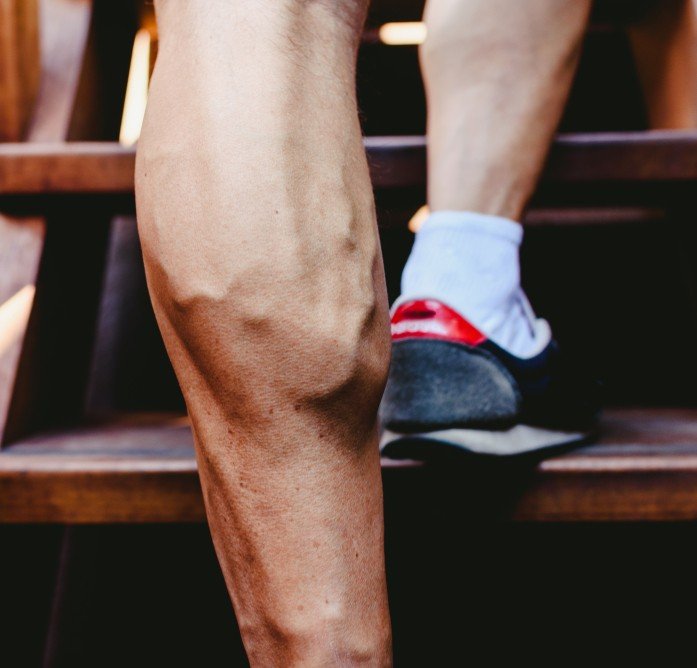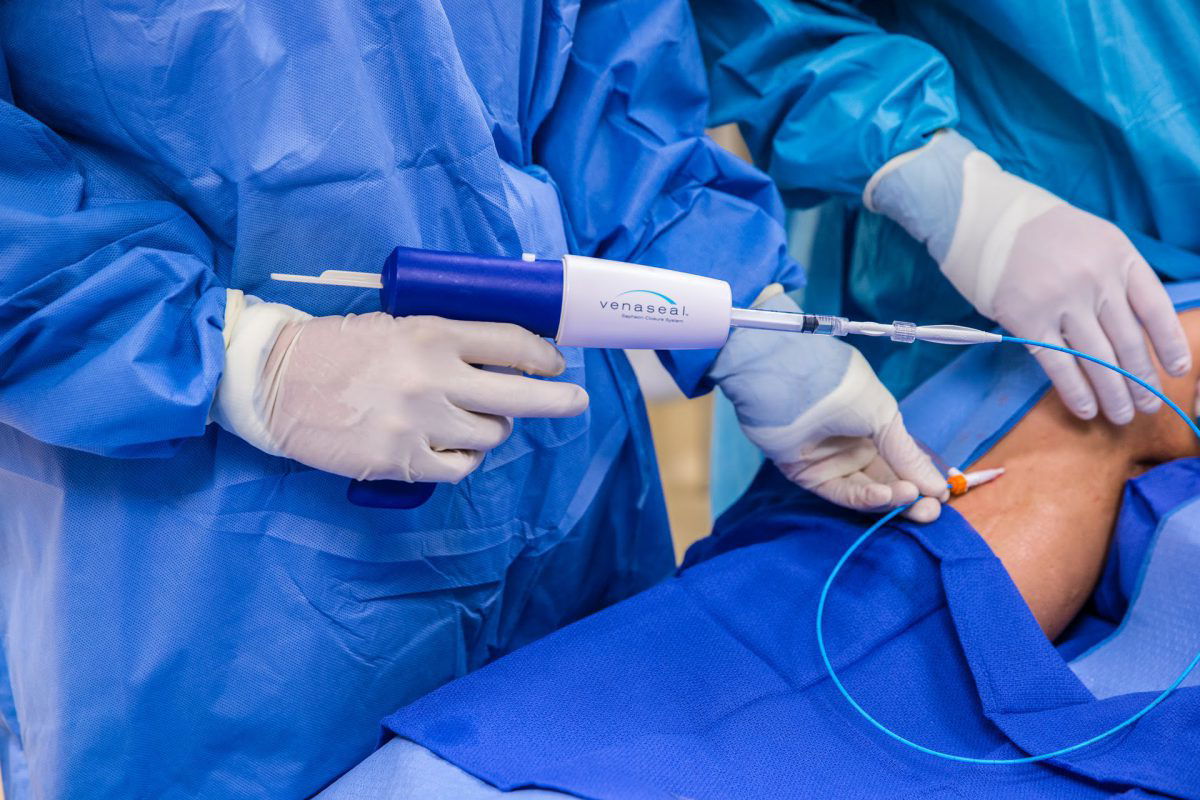 Ready to Get Rid of Varicose Veins? Here is How
Ready to Get Rid of Varicose Veins? Here is How

Advertisement
As we grow older, our bodies continue to change and transform. Some things you may never have thought about dealing with in your youth may become a very real possibility as you age. One of these possibilities is varicose veins. These kinds of veins are typically enlarged, twisted, and often painful veins that most frequently appear in the legs. They occur when the valves within the veins become weak or damaged, allowing blood to pool and the veins to swell. Varicose veins affect millions of people worldwide and can lead to various complications, including venous insufficiency, skin ulcers, and thrombosis. If this is a condition you have found yourself affected by, the first step to ridding yourself of it is better understanding the condition itself. Read on to learn more about varicose veins, their cause, and how to treat them.

How varicose veins are caused
The primary cause of varicose veins is the weakening of the valves within the veins. These one-way valves prevent blood from flowing backward, ensuring proper circulation. Factors that contribute to the weakening of these valves include:
- Age: As we grow older, our veins lose elasticity, making them more prone to stretching and valve dysfunction.
- Genetics: A family history of varicose veins increases the likelihood of developing the condition.
- Gender: Women are more susceptible due to hormonal fluctuations during menstruation, pregnancy, and menopause.
- Pregnancy: Increased blood volume and pressure on the veins in the pelvis during pregnancy can cause varicose veins.
- Obesity: Excess weight places additional pressure on the veins, contributing to their dysfunction.
- Prolonged standing or sitting: Occupations that require extended periods of standing or sitting can increase the risk of varicose veins.

Common symptoms of varicose veins
Learning the symptoms of varicose veins can help you learn more about this condition and when it has affected you. These common symptoms are some that you may have noticed, but could also include some that you have not. Typical signs include:
- Enlarged, twisted veins visible under the skin
- Pain, aching, or heaviness in the legs
- Swelling in the lower legs, ankles, and feet
- Itching around the veins
- Discoloration of the skin near the affected veins
- In severe cases, skin ulcers may develop near the ankles

Treatment of varicose veins
Varicose veins can be treated through various kinds of methods, so you have plenty of options. This will give you the opportunity to choose a treatment that feels most comfortable to you. Speaking to an expert will also help you determine which choice is best for your particular condition. The following treatments are some of the most common and effective:

1. Endovenous Laser Ablation (EVLA)
EVLA is a minimally invasive procedure that uses laser energy to treat varicose veins. The surgeon inserts a thin catheter into the affected vein, guided by ultrasound. The catheter delivers laser energy, causing the vein to close and collapse. The body then reroutes blood to healthier veins. This procedure is performed under local anesthesia and offers a faster recovery time compared to traditional surgery.

2. Radiofrequency Ablation (RFA)
Similar to EVLA, RFA uses radiofrequency energy instead of laser energy to close off the affected vein. A small catheter is inserted into the vein, and the radiofrequency energy heats the vein walls, causing them to collapse. The procedure is minimally invasive, performed under local anesthesia, and has a shorter recovery time than traditional surgery.

3. VenaSeal
VenaSeal is a cutting-edge, minimally invasive procedure that uses a medical adhesive to close varicose veins. The surgeon inserts a small catheter into the affected vein and injects the adhesive, sealing the vein shut. The body then reroutes blood to healthier veins. This procedure requires no anesthesia and has a quick recovery time, with most patients resuming normal activities the same day.

4. Ambulatory Phlebectomy
Ambulatory phlebectomy is a minimally invasive procedure in which the surgeon removes varicose veins through small incisions in the skin. This technique is suitable for the removal of large, superficial veins close to the skin’s surface. The procedure is performed under local anesthesia and requires no stitches. Patients can generally return to normal activities within a few days.

5. Endoscopic Vein Surgery
In cases where varicose veins have led to skin ulcers, endoscopic vein surgery may be recommended. During this procedure, the surgeon uses a tiny camera inserted through a small incision to visualize and close the affected veins. The surgeon may also remove any damaged tissue around the ulcers. This procedure is performed under general anesthesia and may require a longer recovery time than other minimally invasive techniques.